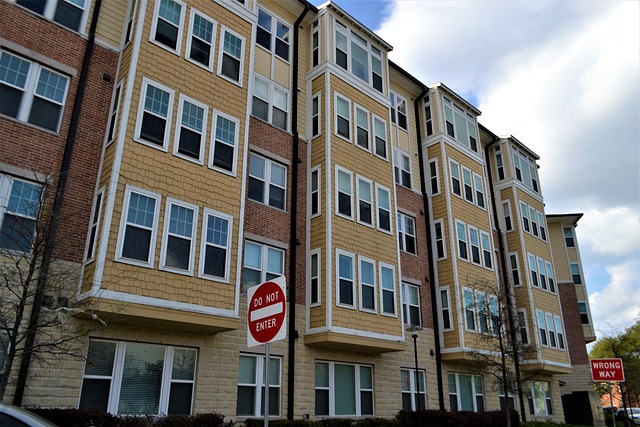In today’s rapidly evolving world, the phrase sustainable urbanization is becoming increasingly significant as cities grow and populations swell. The intricate cycle of sustainable urbanization serves not just as a method of addressing urban growth, but as a vital mindset, pushing us toward a healthier planet and communities that are in harmony with their environments. By adopting sustainable development principles, city planners and residents alike can work together to create urban spaces that not only meet the needs of the present but also protect the rights and opportunities of future generations.
One of the standout aspects of sustainable urbanization is the emphasis on reducing our ecological footprint. As urban dwellers, our daily activities—from commuting to consumption—can have a substantial impact on the environment. By opting for eco-friendly public transport, walking, or cycling, individuals can actively participate in minimizing their footprint, engaging in a lifestyle that promotes sustainability. This shift towards cleaner travel options not only improves air quality but also fosters community engagement among residents who share the same goals of better urban living.
In conjunction with these lifestyle changes, cities are also stepping up by investing in green technologies. This includes the implementation of smart grids, renewable energy sources, and energy-efficient buildings that simultaneously diminish resource waste and create economic opportunities. Cities worldwide are beginning to harness solar panels and wind turbines, showcasing a commitment to being carbon neutral. Integrating these technologies into urban infrastructure does not just herald an era of green living; it sets a precedent for future developments, urging urban planners to think critically about the long-term implications of their choices.
Yet, the journey towards sustainable urbanization is not a solitary one. It requires a “pedal together” approach—an effort that includes local governments, businesses, and residents. By encouraging civic participation in environmental initiatives, a sense of community responsibility is instilled. Community gardens and green spaces, for instance, not only enhance urban aesthetics but become centers for education about biodiversity and sustainability practices. They transform ordinary neighborhoods into vibrant ecosystems enriched with interactions among nature, people, and urbanization.
The impact of sustainable urbanization extends beyond the immediate environment; it influences health, equality, and economic resiliency as well. When cities commit to sustainability, they create environments that foster not only physical health through better air and food quality but also mental well-being by providing places for leisure and recreation. These urban sanctuaries become pivotal in promoting social ties and reducing isolation, integrating diverse populations into the fabric of city life.
Moreover, the shift towards sustainability is increasingly recognized as an economic opportunity. Investing in green technologies and sustainable infrastructure can propel job creation in many sectors, from construction to renewable energy. Supporting local businesses that prioritize eco-friendly practices encourages a circular economy, where resources are reused and recycled, bridging the gap between environmental advocacy and economic vitality.
As urban areas continue to expand and face unprecedented challenges, the concept of sustainable urbanization acts as a crucial compass guiding us towards a viable future. By fostering conscious efforts to reduce our ecological impact, leveraging innovative technologies, and nurturing community engagement, we can pedal towards a future where urban living coexists harmoniously with nature. Embracing this cycle means more than just adapting; it means leading a movement towards a sustainable tomorrow for all.




